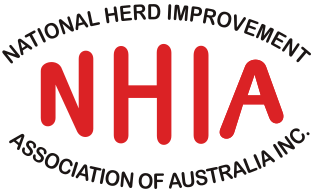Section Five: Important diseases to consider during artificial insemination
Disease organisms can be spread on contaminated insemination equipment, clothing, and hands. Without strict attention to hygiene, artificial insemination has the potential to spread disease organisms from: Inseminators can never afford to be complacent about hygiene. Just because animals do not show visible signs of disease does not mean they are not carrying a transmissible …
Section Five: Important diseases to consider during artificial insemination Read More »
